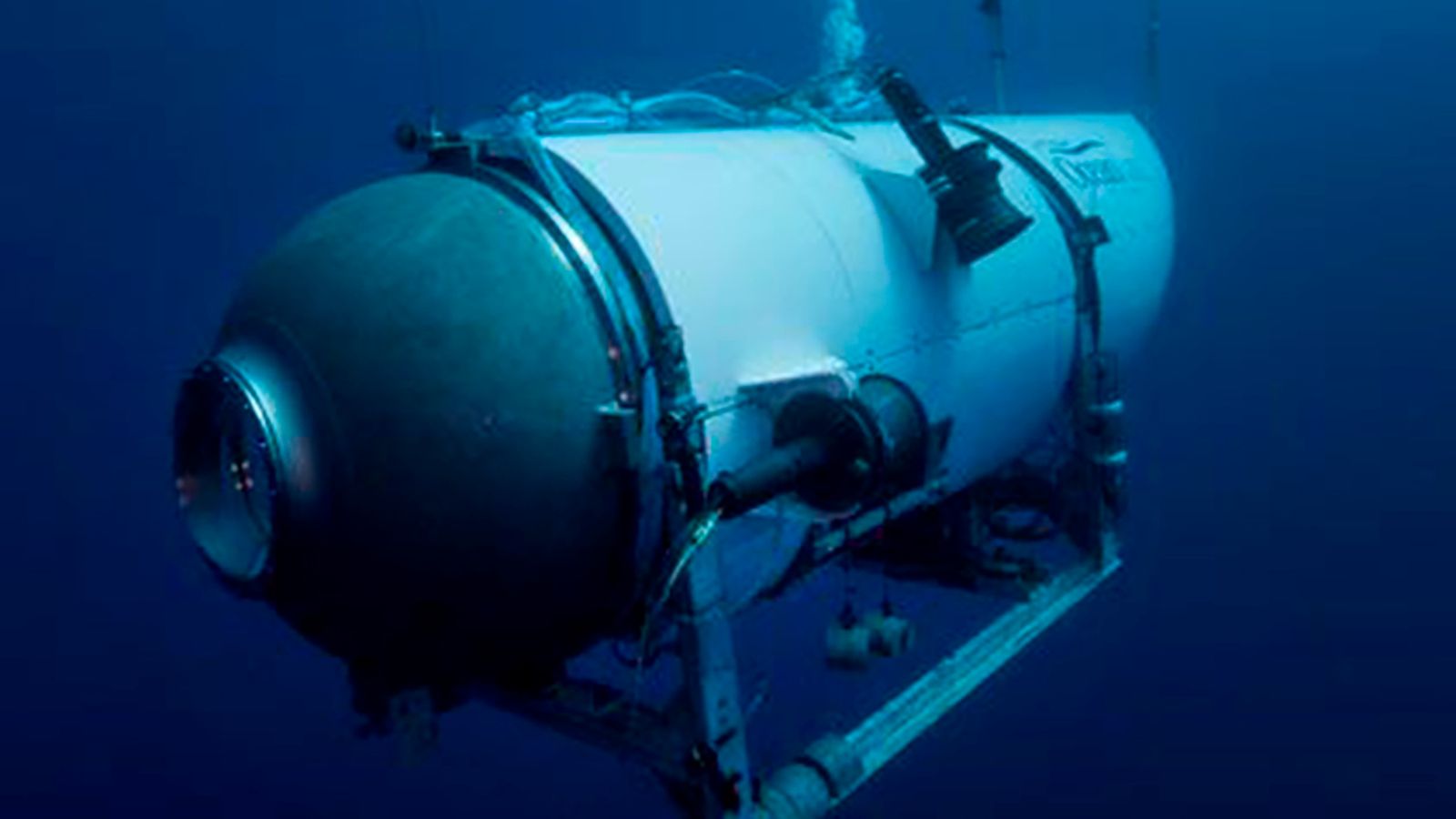LONDON — World leaders are under huge pressure to outline how they plan to reduce emissions and mitigate climate change at one of the most important diplomatic summits in history.
The major climate event, known as COP26, will take place in Glasgow, Scotland from Sunday through to Nov. 12. It was initially scheduled to be held last year but was delayed due to the coronavirus pandemic.
Diplomats and world leaders have sought to downplay expectations of success in the run-up to the summit, although a position paper of more than 100 developing countries representing more than half of the world has insisted there can be “no more excuses for unfulfilled promises.”
To have any chance of capping global heating to 1.5 degrees Celsius above pre-industrial levels, the aspirational goal of the 2015 Paris Agreement, the world needs to almost halve greenhouse gas emissions in the next 8 years and reach net-zero emissions by 2050.
Climate scientists have repeatedly stressed that the best weapon to tackle rising global temperatures is to cut greenhouse gas emissions — fast.
Johan Rockstrom, director of the Potsdam Institute for Climate Impact Research and one of the world’s most influential Earth scientists, told CNBC that he believes the success of COP26 will come down to negotiations on five make-or-break issues.
These are mitigation, climate finance, carbon pricing, nature solutions and the phasing out of fossil fuels.
Mitigation
“We must, at a minimum, have 195 countries aligning with science in their plans — not even delivering, but just in their plans — and that requires net zero targets by 2050 at the latest,” Rockstrom said.
“We only have a small number of countries that have done that so far,” he added, noting that countries such as Indonesia, Russia and Brazil were all yet to publicly declare net-zero targets by the middle of the century.
A U.N. report published earlier this week found new and updated Nationally Determined Contributions put the world on track for a dangerous global temperature rise of at least 2.7 degrees Celsius by the end of the century — even if plans were fully met.
NDCs are the efforts of each country to reduce national emissions. At present, the U.N. says updated NDCs would only lead to an additional 7.5% reduction in annual greenhouse gas emissions compared to previous commitments.
Farhana Yamin, a climate lawyer and advisor to the Climate Vulnerable Forum, told CNBC via telephone that COP26 must trigger a profound “justice reset” if it is to be considered a successful summit. “Success can only come from grasping hard truths, speaking honestly and recognizing the situation of vulnerable countries.”
It is not good enough, she added, for those at COP26 to continue talking about their optimism for the future when countries are nowhere close to meeting the demands of the climate emergency.
“Beating the drum and calling it optimism isn’t cutting the mustard with anybody. Optimism isn’t solving the lives of developing countries or vulnerable groups right now who are facing the consequences of failure,” Yamin said.
“It’s like a further insult. What is optimism for a country that is now facing complete devastation?”
Finance
High-income countries promised in 2009 to deliver $100 billion a year for five years from 2020 to help low-income countries pivot away from fossil fuels and protect against climate breakdown. This Paris Agreement target has still not been fulfilled and is not expected to be met until at least 2023.
“In all honesty, this is really just small money,” Rockstrom said, noting the trillions of dollars in bailouts spent by global governments in an effort to recover from the coronavirus pandemic.
“We are talking about the trillions that are needed to have a full 100% transition of investments from fossil-fuel-based infrastructure to renewable infrastructure so that we can really see decisive change and direction. There must be a finance discussion.”
Stop pretending loss and damage isn’t happening and find a way to fund it.Farhana YaminClimate lawyer
Climate finance is widely regarded as a critically important issue, particularly when it comes to repairing global trust.
“Success would be for countries to stop playing games with the issue of loss and damage and actually fund it,” Yamin said. “Stop pretending loss and damage isn’t happening and find a way to fund it.”
Carbon pricing
To its proponents, carbon pricing is seen as an important way to incentivize emissions reductions and help low-carbon technologies compete with established, heavily polluting alternatives.
To its critics, however, Article 6 of the Paris Agreement risks undermining the ambition of the accord at a time when there is overwhelming evidence of the need to go further and faster to avoid climate tipping points. This is because some fear carbon trading arrangements could allow countries to hit already-weak targets without cutting additional emissions.
“The third part which, whether we like it or not, has to be on the table is a price on carbon. That has to be discussed globally,” Rockstrom said.
He argued that COP26 represented a “completely new situation” when it came to carbon pricing because, for the first time, Europe’s Emissions Trading System was “starting to bite” polluting industries.
The EU’s benchmark carbon price was last seen trading at around 60 euros per metric ton, having stood at around 20 euros before the coronavirus pandemic. The price rise has resulted in some coal-fired power plants being shut down, Rockstrom said. “I think we will start seeing carbon pricing spreading and so that has to be on the table at a global level,” he added.
Nature
“The fourth part and perhaps the most important one for Glasgow is to make this the first COP meeting that is really a nature COP,” Rockstrom said. “It has to be the climate negotiating moment where we recognize that the only way to land the Paris Agreement, I mean the only way, is to secure the carbon sinks in nature — on land and in oceans. There is no carbon budget remaining unless we secure those sinks.”
Carbon sinks are natural areas, such as oceans and forests, that absorb more carbon than they emit.
Rockstrom suggested pricing carbon in biomass, in soils and in all ecosystems should be taken into account in the coming weeks.
The U.K. COP26 presidency has recognized the twin threats of climate change and biodiversity loss cannot be solved without addressing the other. Sustainable agriculture and land use and action on restoring forests and other critical ecosystems are set to be discussed in Scotland.
In an article published online for London-based think tank Chatham House earlier this month, Yamin suggested that considering the rights of nature through legal tools such as ecocide, for example, and the taking the interests of future generations should be on the table in Glasgow.
Another area to be considered, Yamin said, would be for COP26 to consider creating a post for a “High-Level Champion” to speak up for the incorporation of justice, equality, diversity and inclusion issues. She argued a COP-appointed position such as this could help to challenge greenwashing.
Phasing out fossil fuels
Burning fossil fuels, such as coal, oil and gas, is the chief driver of the climate emergency.
At COP26, Costa Rica and Denmark are expected to formally launch the Beyond Oil and Gas Alliance, the world’s first diplomatic alliance to manage the decline of oil and gas production.
It is coal, however, that is the most carbon-intensive fossil fuel in terms of emissions and therefore the most important target for replacement in the pivot to renewable alternatives.
A global energy supply crunch this year has coincided with a resurgence of coal production, raising serious questions about the so-called “energy transition.”
“We have to have a serious discussion on end-dates on fossil fuels use. An end date on coal and an end date on the internal combustion engine,” Rockstrom said.
“We’ve never had that moment arising in such a concrete way before. How do we create a way for the big emerging economies to seriously take on the challenge of phasing out coal in a way that allows a soft social landing? It is tremendously challenging but an absolute necessity.”
Research published in the scientific journal Nature on Sept. 9 found the vast majority of the world’s known fossil fuel reserves must be kept in the ground to have some hope of preventing the worst effects of climate change.


